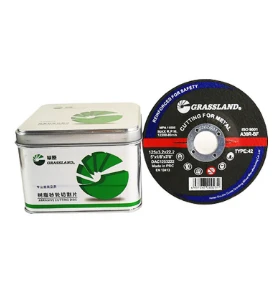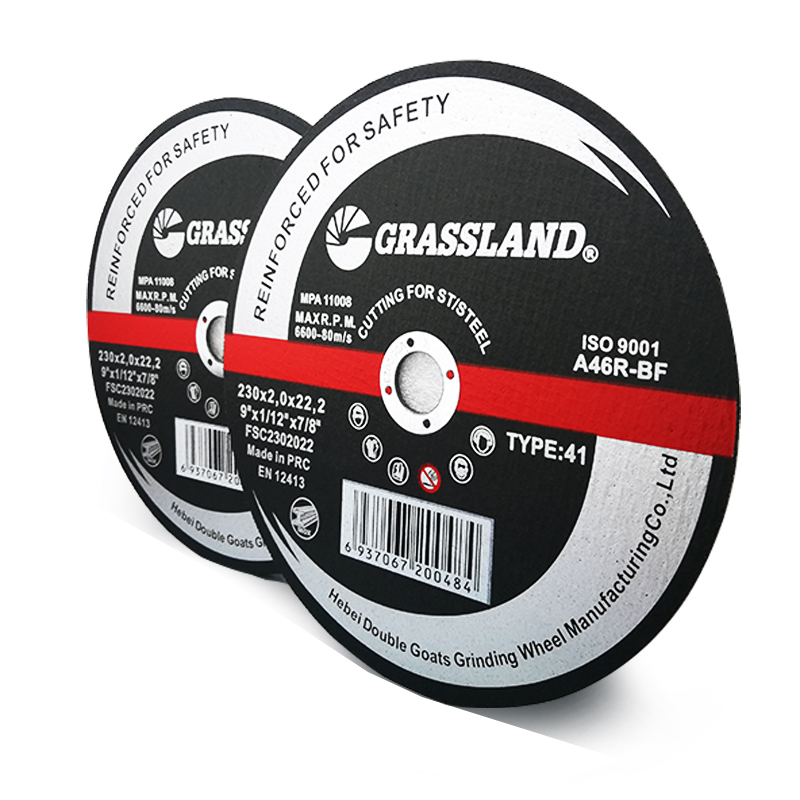Types of Grinding Wheels
Grinding wheels are an essential tool in the manufacturing industry, serving multiple purposes in grinding and cutting operations. They are made from abrasive materials and used in various applications, from sharpening tools to finishing surfaces. Understanding the different types of grinding wheels can help operators choose the right tool for their specific needs. This article will delve into the various types of grinding wheels, their compositions, and applications.
1. Bond Types
Grinding wheels are commonly classified based on the type of bond that holds the abrasive materials together. The key bond types include
- Vitrified Bond Composed of clay and other materials, vitrified bonds are fired at high temperatures to create a glass-like structure. These wheels are known for their strength and wear resistance, making them suitable for heavy-duty applications.
- Resin Bond These wheels use thermosetting resins as a binder. They offer flexibility, which reduces chipping when working with harder materials. Resin-bonded wheels are ideal for precision grinding operations.
- Metal Bond Metal bond wheels are composed of metal particles that are compressed and sintered. They are highly durable and are used in applications requiring extreme durability, such as cutting hard materials like carbide.
- Plastic Bond These are flexible and suitable for polishing and precision finishing, especially on softer materials. They are not as common as other types but useful in specific applications.
2. Abrasive Materials
Another classification of grinding wheels is based on the abrasive materials used in their construction. Common abrasives include
- Aluminum Oxide A versatile and commonly used abrasive, aluminum oxide wheels are effective for grinding steel and ferrous metals. They are ideal for general-purpose grinding.
- Silicon Carbide Often used for grinding non-ferrous metals, silicon carbide wheels are harder than aluminum oxide. They are suitable for materials like aluminum, brass, and plastics.
- Diamond Diamond wheels are the hardest of all abrasives and are used for grinding hard materials, such as ceramics, glass, and diamond itself. They offer exceptional precision and finish.
types of grinding wheels ppt

- CBN (Cubic Boron Nitride) CBN wheels are used for grinding hard ferrous materials that would quickly dull other abrasives. They are common in precision grinding applications, particularly in the automotive and aerospace industries.
3. Wheel Shapes and Sizes
Grinding wheels come in various shapes and sizes, which are tailored to specific applications
- Flat Wheels These are the most common shape, used for surface and cylindrical grinding.
- Cup Wheels Used for grinding edges and profiles, cup wheels have a shape that allows for more extensive surface contact.
- Disc Wheels These wheels are designed for specific tasks where flat surfaces need processing, usually used in polishing applications.
- Segmented Wheels These consist of segments that offer cooling benefits and allow for more aggressive material removal.
4. Applications
Grinding wheels find applications across various industries, including metalworking, woodworking, and construction. They are used for
- Sharpening tools Keeping cutting tools sharp for efficient operations. - Surface finishing Achieving smooth surfaces on metals or other materials. - Deburring Removing sharp edges and imperfections from machined parts. - Cutting Efficiently slicing through materials for various products.
Conclusion
Grinding wheels are critical tools in the manufacturing and machining sectors, with a variety of types that cater to distinct applications. Understanding the different types of bonds, abrasive materials, shapes, and their respective uses will enable professionals to select the most appropriate grinding wheel for their specific tasks. Proper knowledge and selection of grinding wheels not only enhance productivity but also ensure high-quality finishes and effective material removal in various industrial processes.
Post time:Dec - 26 - 2024

















